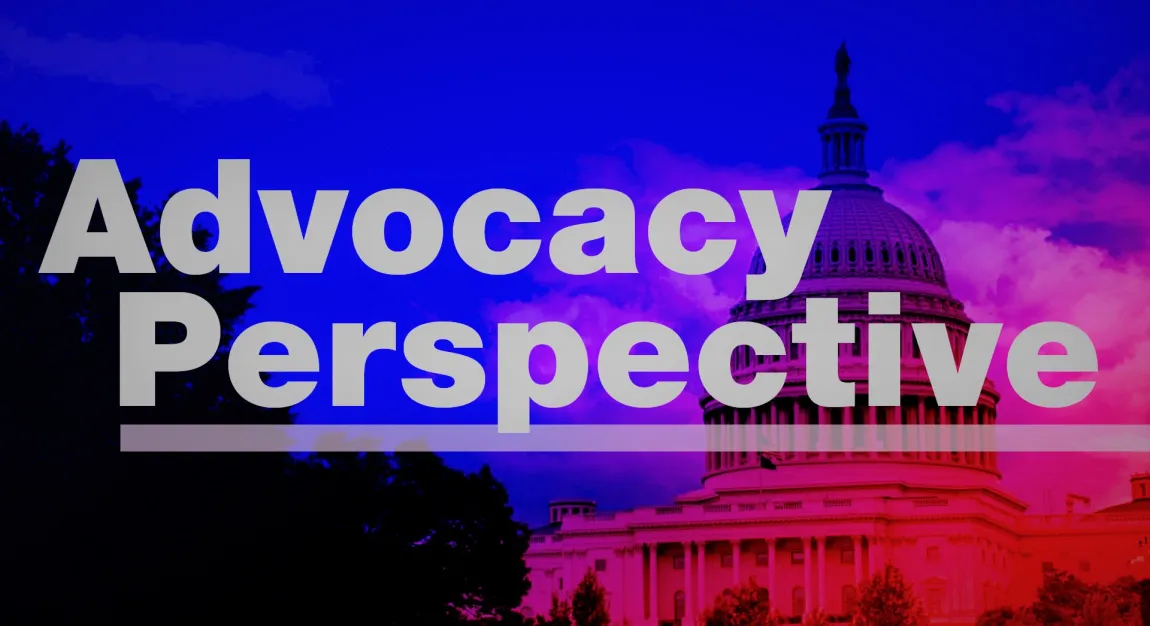- A prolonged government shutdown would have a significant impact on numerous government activities.
- Medicare claims are expected to be processed and paid without interruption.

A government shutdown in the United States happens when Congress fails to approve annual appropriations or a continuing resolution for the upcoming fiscal year, thereby ceasing funding for many federal agencies and services. While essential services continue to operate, a government shutdown has far-reaching consequences, affecting everything from national parks to immigration services. During a government shutdown, we expect a large percentage of government employees will be furloughed, meaning they will not be working or paid during that time. Below are the anticipated effects on healthcare-related activities.
Medicare & Medicaid
The impact of a government shutdown on Medicare and Medicaid is generally more limited because both are mandatory programs. Much of their funding is not subject to the annual appropriations process like other discretionary programs. Based on past shutdowns, it’s expected that Medicare claims will continue to be processed and paid without interruption, as will Medicaid payments to states.
Additionally, the Centers for Medicare and Medicaid Innovation and activities that maintain the federal marketplace operations also will continue. Non-essential services conducted by the Centers for Medicare and Medicaid Services are expected to be put on hold until after the shutdown. About half of the CMS staff are expected to be furloughed.
National Institutes of Health
The National Institutes of Health’s most recent contingency plan reveals a potential furlough of three-quarters of its staff during a shutdown, leaving only essential personnel to support priority projects and maintain human safety and crucial systems. The impact of the shutdown on NIH is largely dependent on its duration, but new grant processing is likely to be significantly inhibited. Previous shutdowns, like the one in 2013, led to substantial delays in clinical trials and research applications.
Food and Drug Administration
Many of the Food and Drug Administration’s activities would be completely exempted from any furloughs due to their revenue source being derived from user fees that will continue regardless of a shutdown. For example, the Center for Tobacco Products is completely user-fee-funded, so its work should continue unabated. FDA’s contingency plan states that it will continue its regulation and testing of human and animal drugs, biosimilars, and medical devices. Overall, about 42% of the FDA’s workforce would be furloughed, so other activities will be significantly impacted, such as routine inspections.
